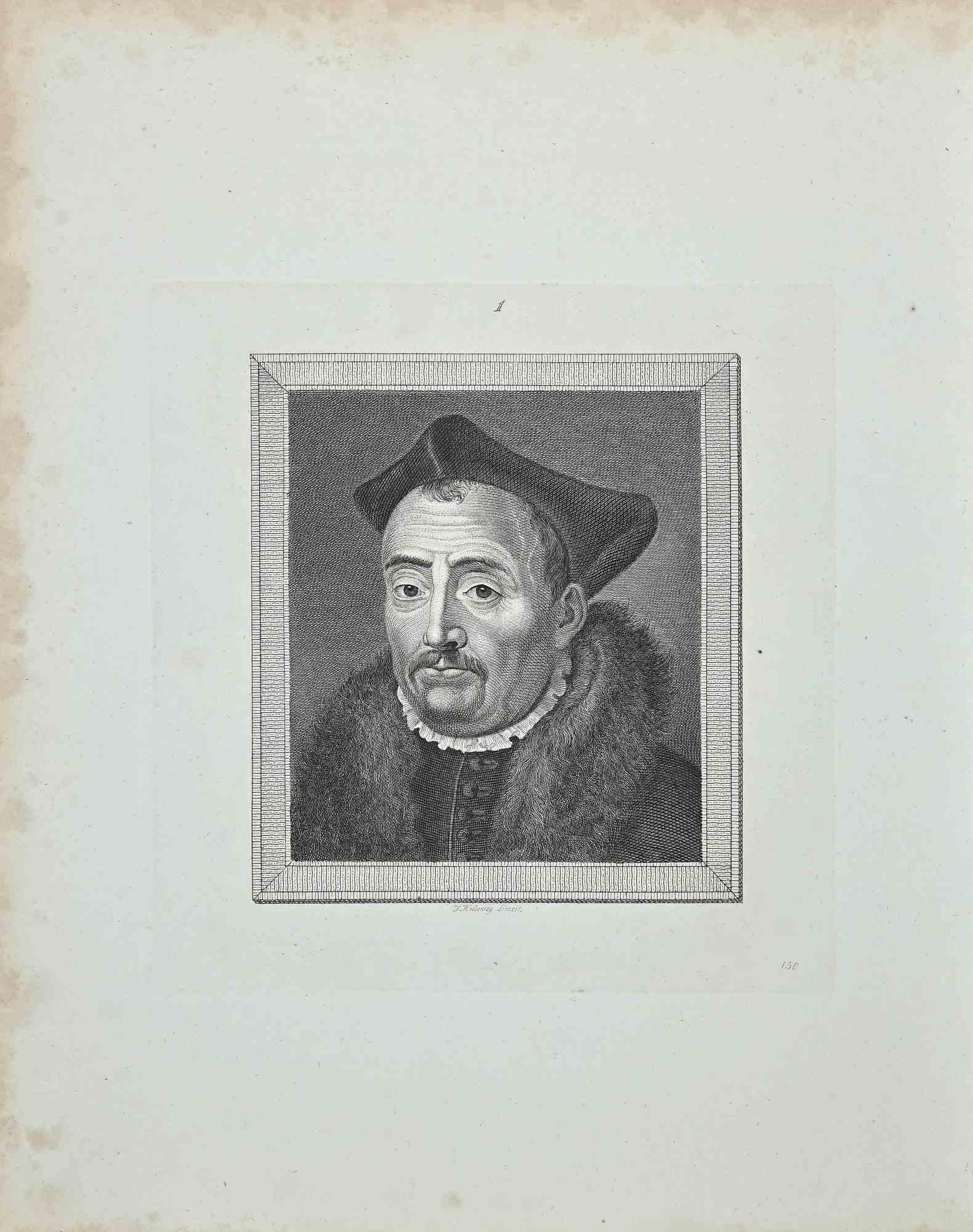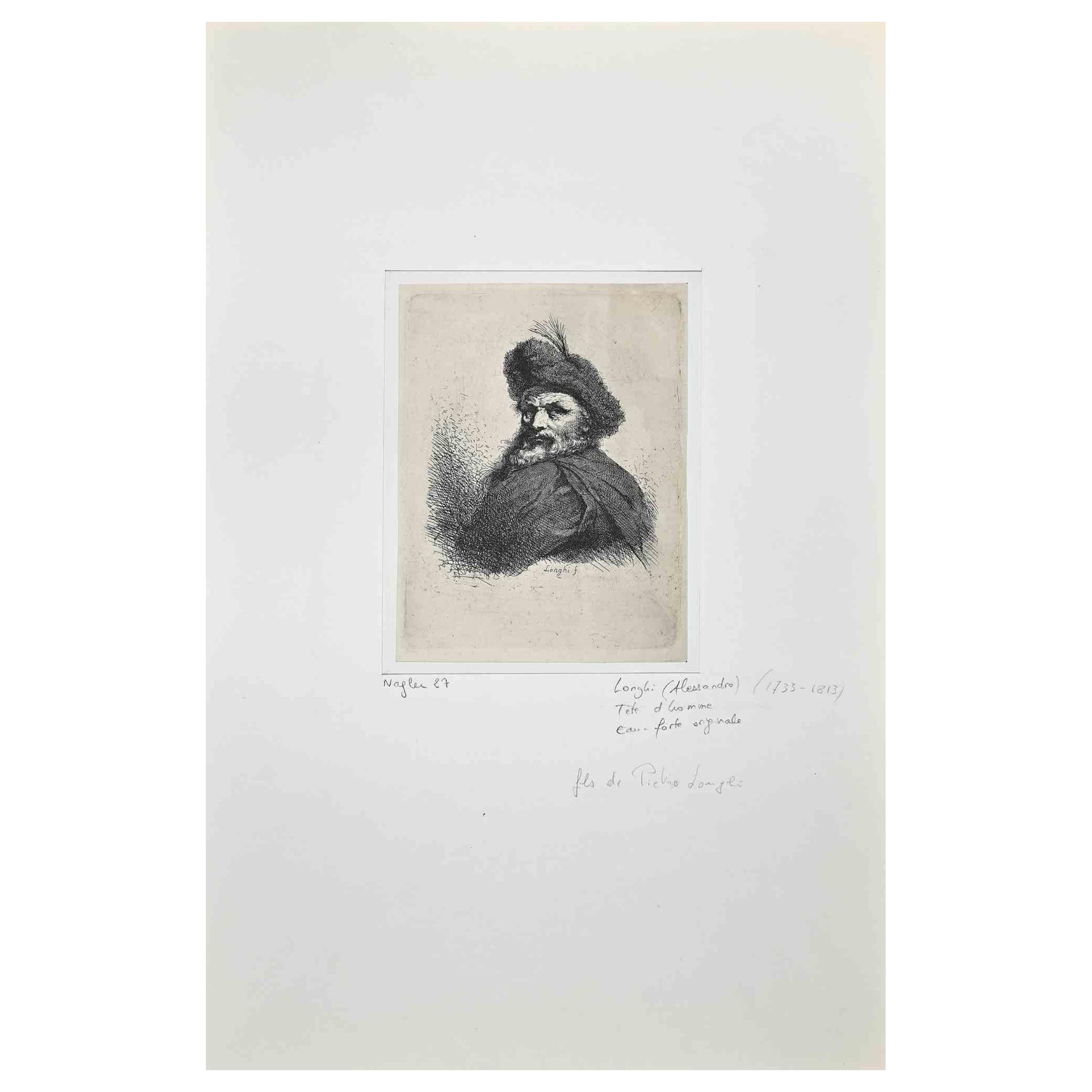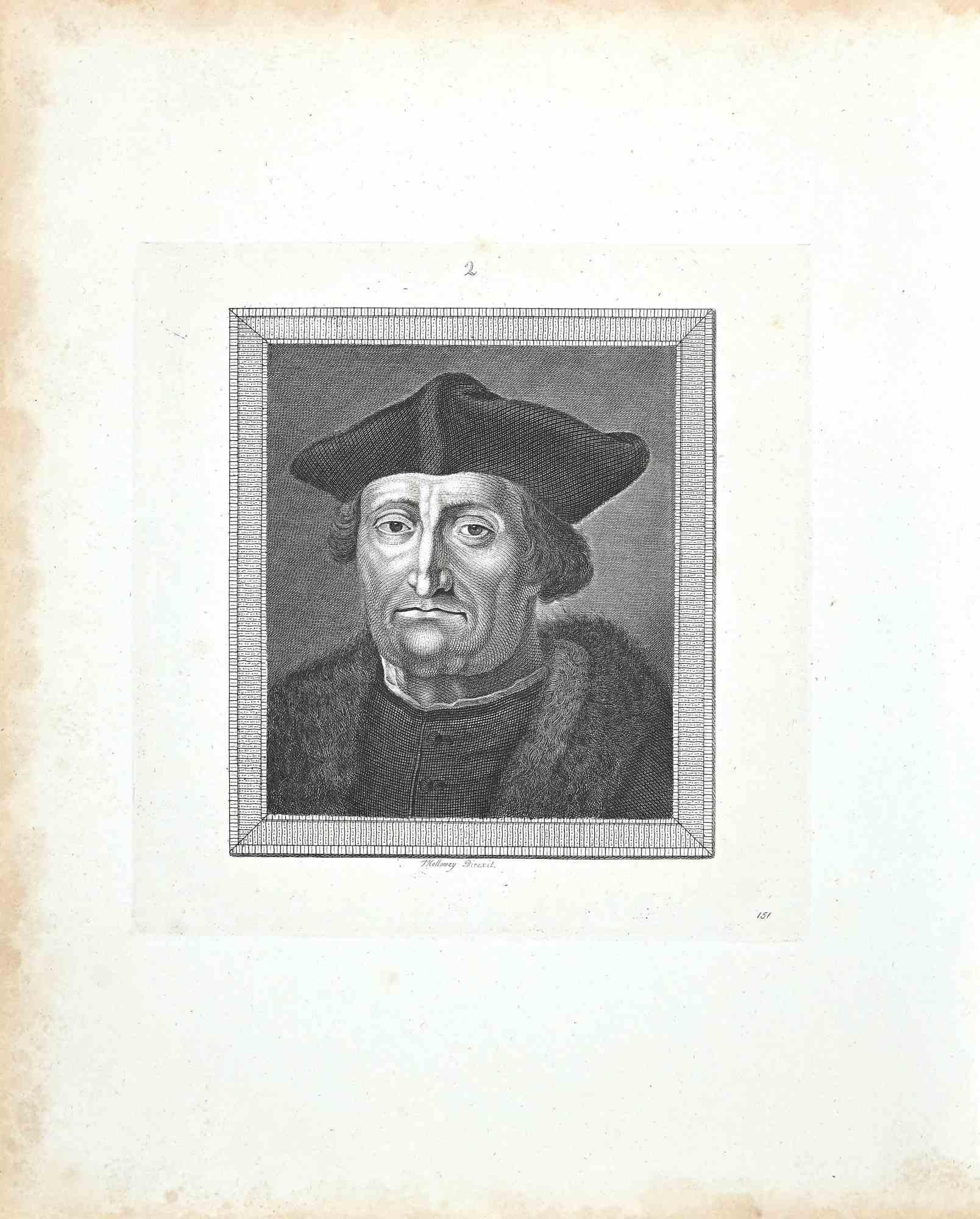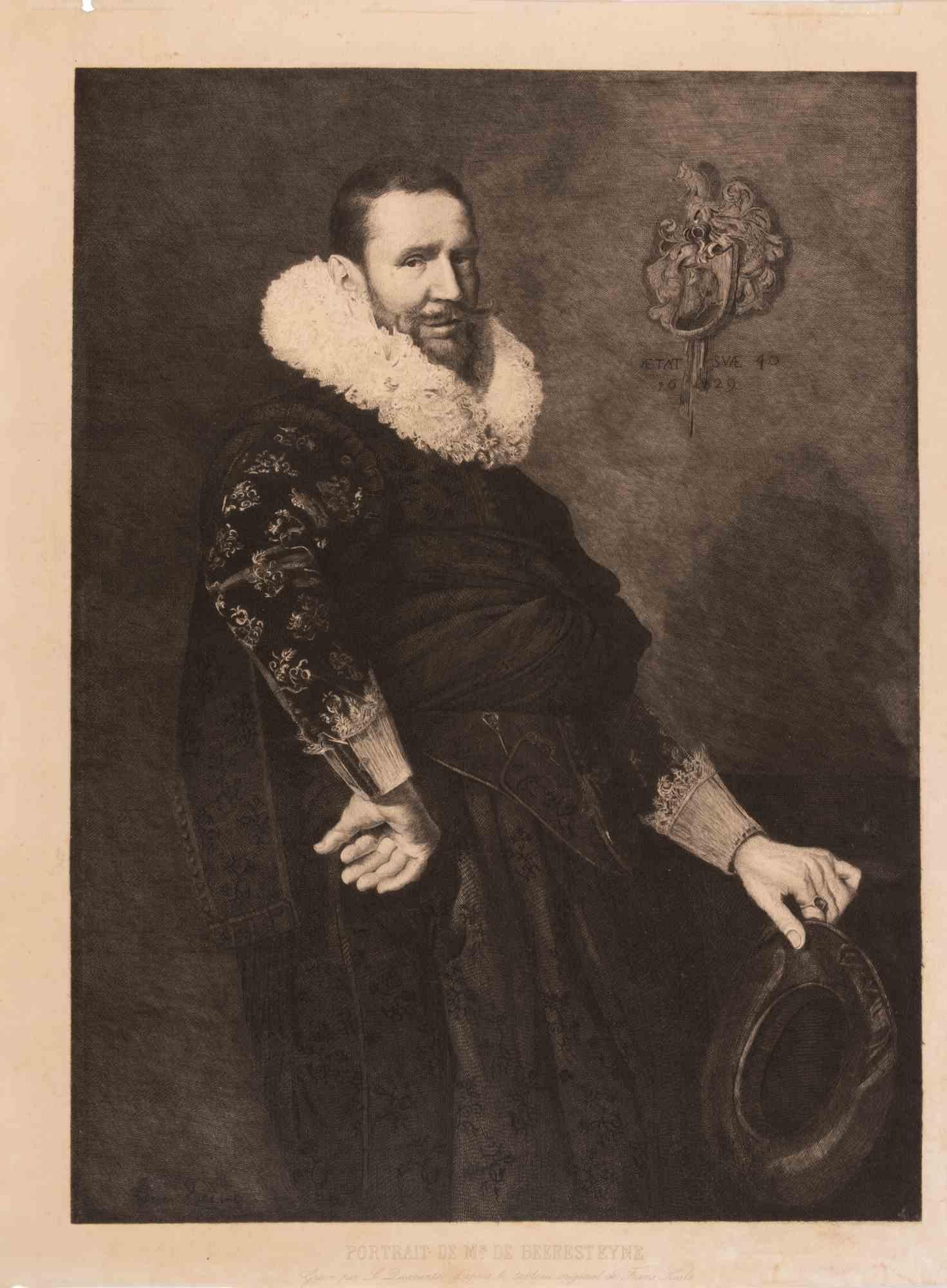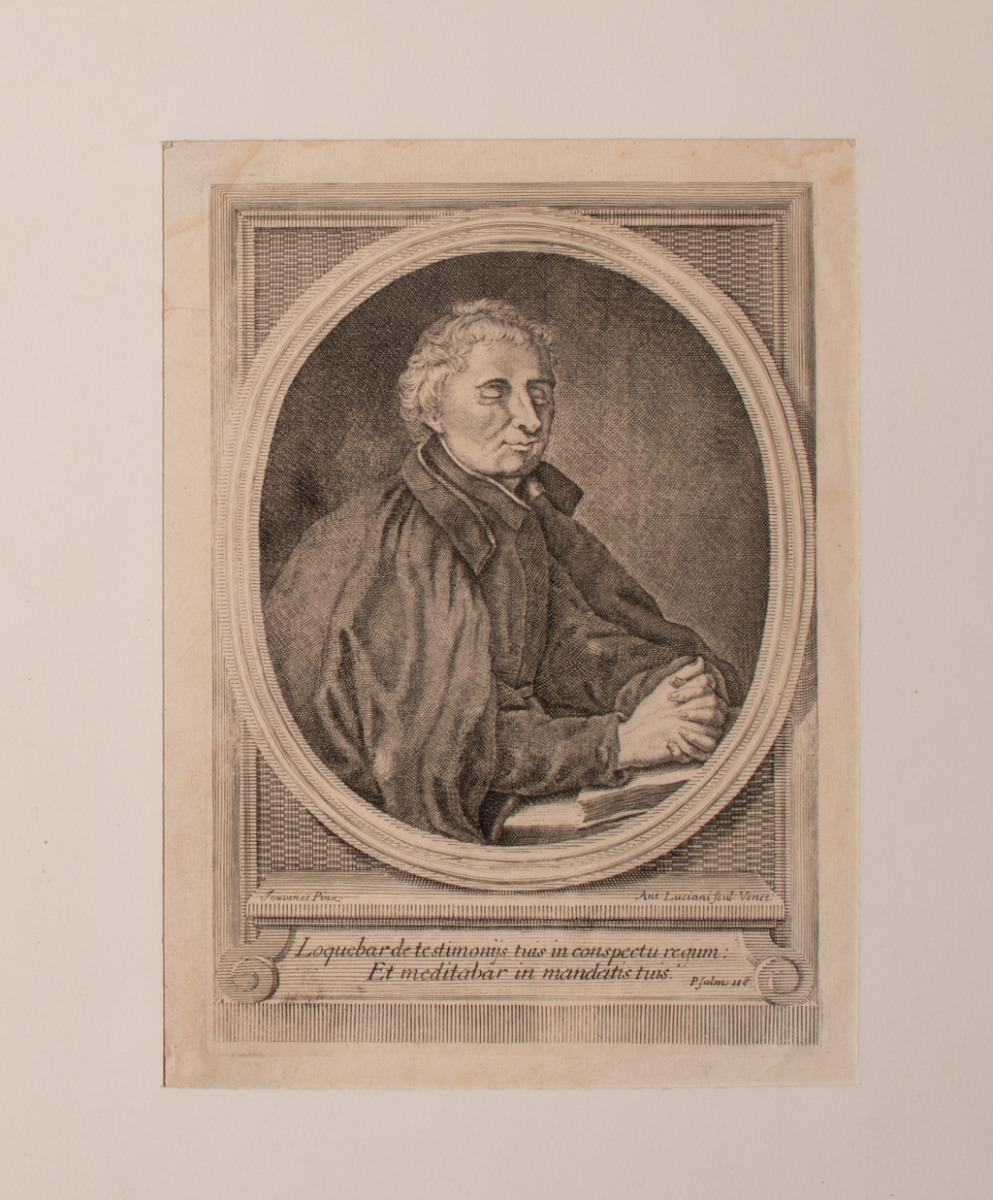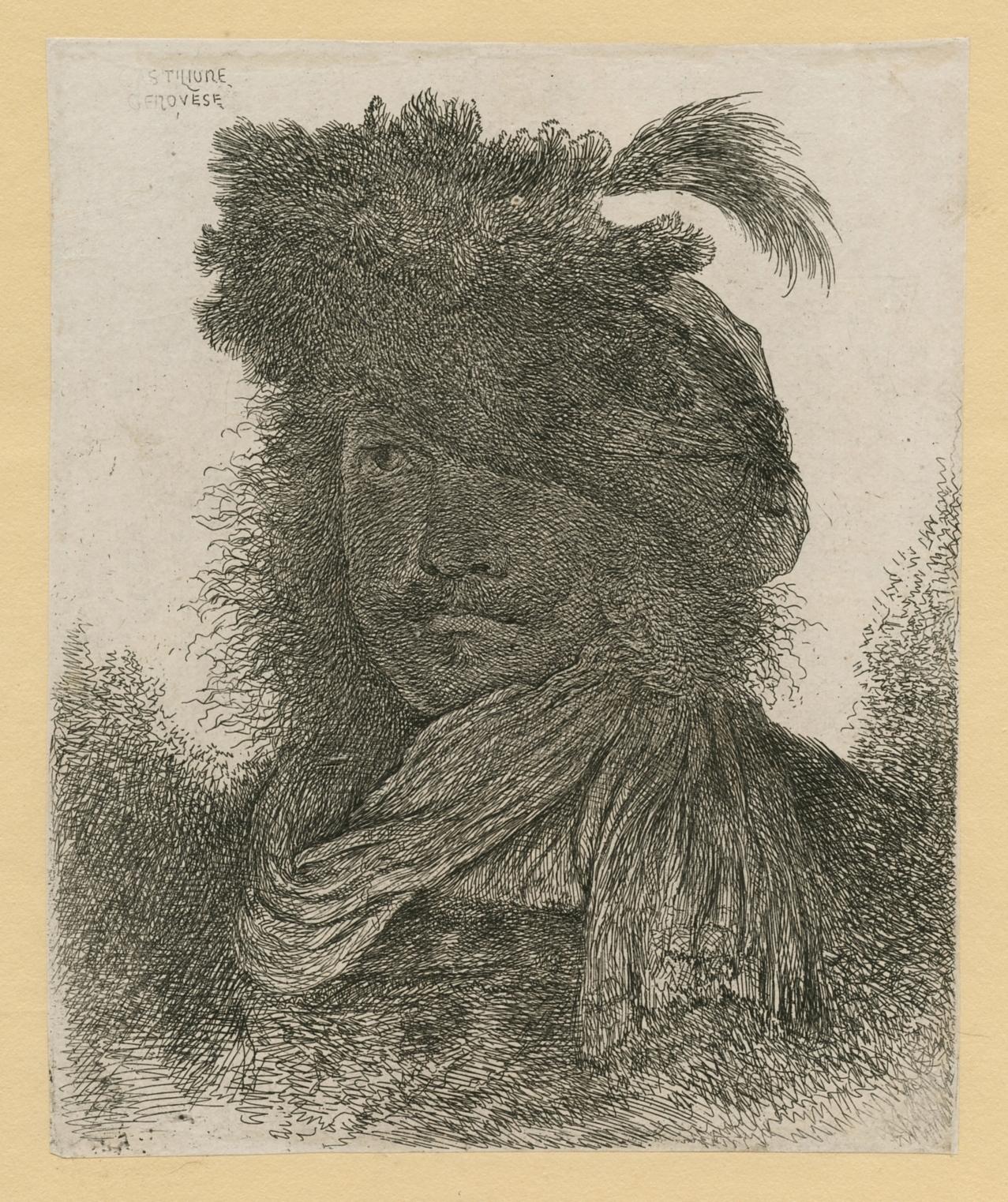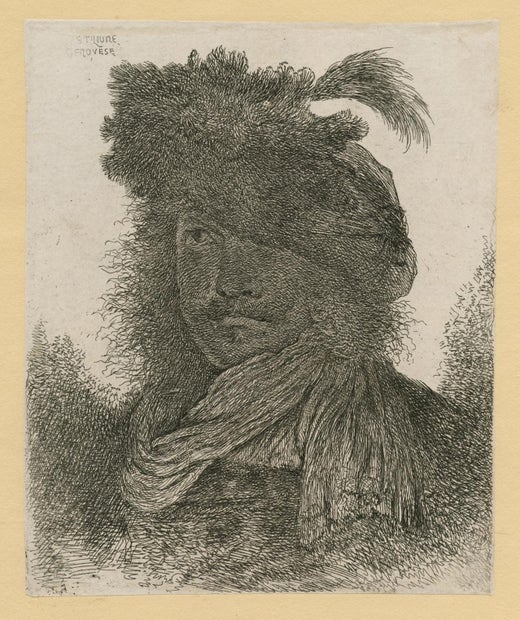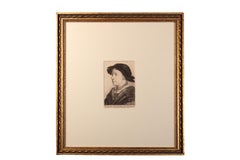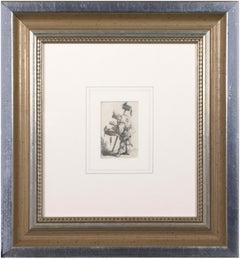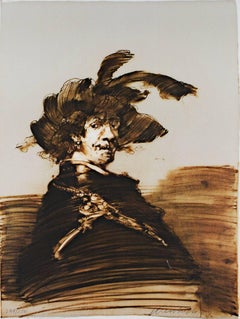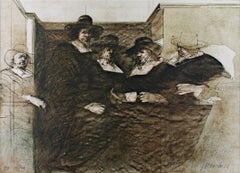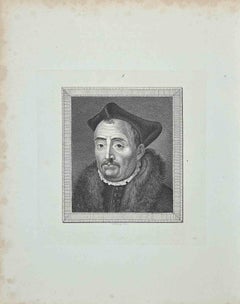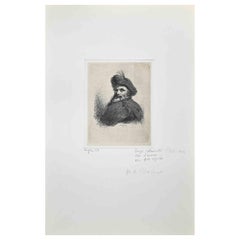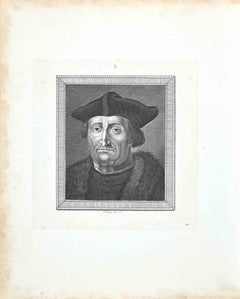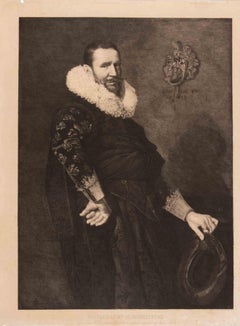Giovanni Benedetto Castiglione17th century etching baroque portrait male subject hat realistic printca. 1635
ca. 1635
About the Item
- Creator:Giovanni Benedetto Castiglione (1609 - 1609, Italian)
- Creation Year:ca. 1635
- Dimensions:Height: 15.25 in (38.74 cm)Width: 13.25 in (33.66 cm)
- Medium:
- Movement & Style:
- Period:
- Condition:
- Gallery Location:Milwaukee, WI
- Reference Number:Seller: 9762g1stDibs: LU60535944542
Giovanni Benedetto Castiglione
Giovanni Benedetto Castiglione was profoundly influenced by foreigners. He first studied with local artists in his native Genoa, absorbing not only Tuscan Mannerism and Caravaggism but also the style of Peter Paul Rubens, who had worked in Genoa. From 1621, Castiglione also worked in Anthony van Dyck's Genoa studio. Early on, he was attracted to Flemish animal painting. Though he painted portraits, historical pieces and landscapes, Castiglione excelled in rural scenes with animals and influenced Italy's animal painting specialists. By 1634, Castiglione was in Rome, where he remained for about ten years. After returning to Genoa for a time, he worked for the Mantuan court in 1648, which had also employed Rubens. There Castiglione picked up the freedom of touch he saw in Domenico Fetti's paintings. One of the first Italians to appreciate Rembrandt van Rijn's etchings, Castiglione probably invented the monotype. Also admired for his fluent brush drawings in oil on paper, Castiglione influenced artists throughout Europe and virtually every Italian printmaker who followed. Despite his easy-going nature, his last works were intense, ecstatic compositions, reminiscent of Gian Lorenzo Bernini's contemporary style.
- ShippingRetrieving quote...Shipping from: Milwaukee, WI
- Return Policy
More From This Seller
View All17th Century Old Masters Portrait Prints
Engraving
1630s Old Masters Figurative Prints
Etching
1980s Modern Portrait Prints
Lithograph
1970s Modern Figurative Prints
Lithograph, Paper
1880s American Realist Portrait Prints
Etching, Paper
Mid-17th Century Old Masters Figurative Prints
Etching
You May Also Like
1810s Modern Figurative Prints
Etching
Late 18th Century Old Masters Figurative Prints
Etching
1810s Modern Figurative Prints
Etching
19th Century Modern Figurative Prints
Etching
19th Century Modern Portrait Prints
Etching
Early 19th Century Prints and Multiples
Etching
